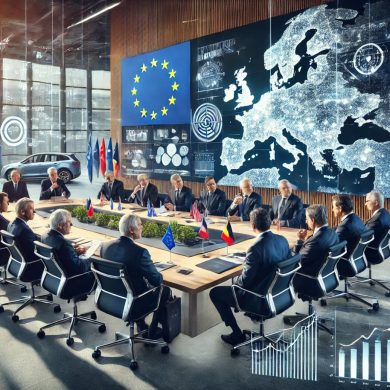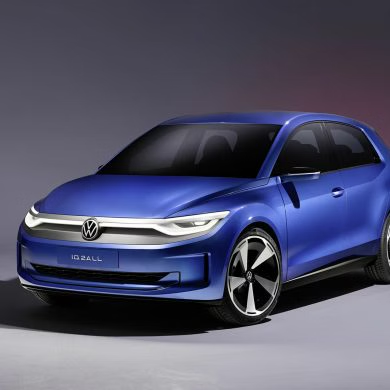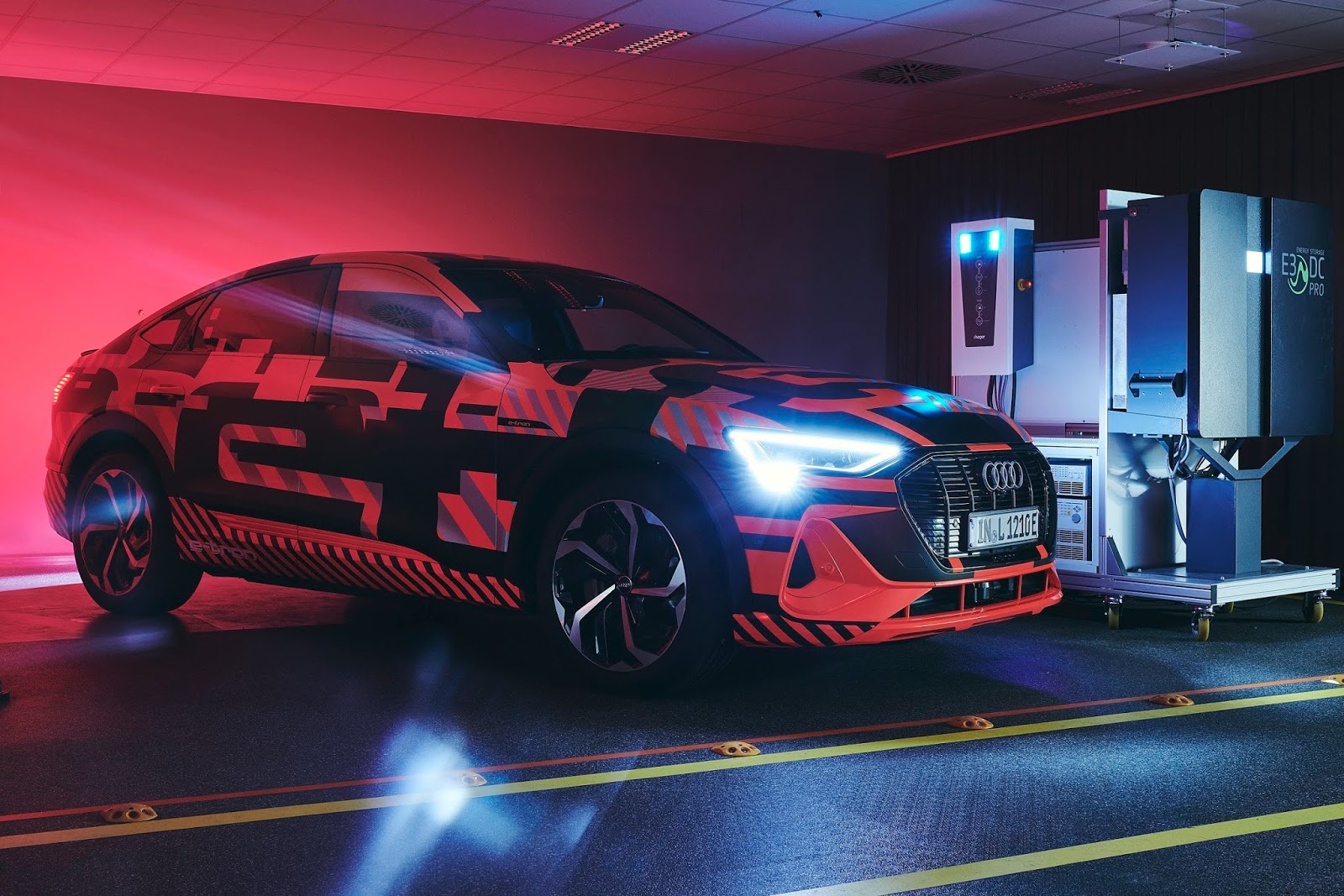
Increase
grid stability, reducing electricity costs and
contribution to climate protection - these are for the Audi just some of the side benefits of the broad
the spread of electromobility. The brand from Ingolstadt develops electromobility holistically, promoting every positive impact that
can have in the world of the 21st century. One area that needs research is
η bidirectional charging and - by
extension - the integration of the electric car into the household network. Something
such would offer significant advantages, particularly in combination with a
photovoltaic (PV) system. Excess photovoltaic electricity
can be stored temporarily, even in the car and used
as needed. Such a project is already underway, with
την Audi cooperate with the Hager Group.
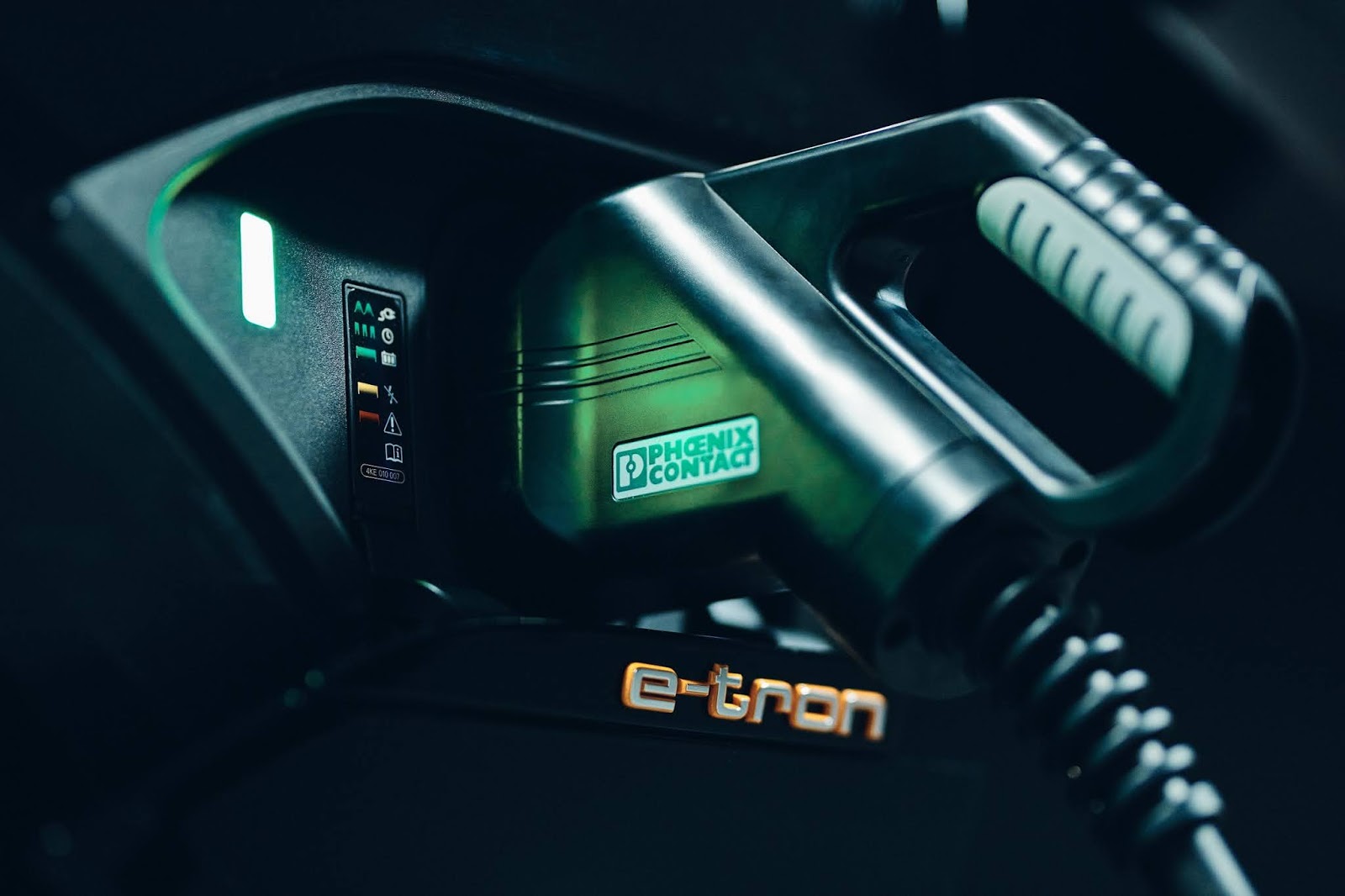
Η Audi is committed to
make its fleet neutral in terms of CO2,
by 2050. As part of this commitment, it will launch around 20 fully electric vehicles
models by 2025. And that's not all: The electric car is going to
become a key factor in an energy transition, with the production of more
sustainable, "green" energy.
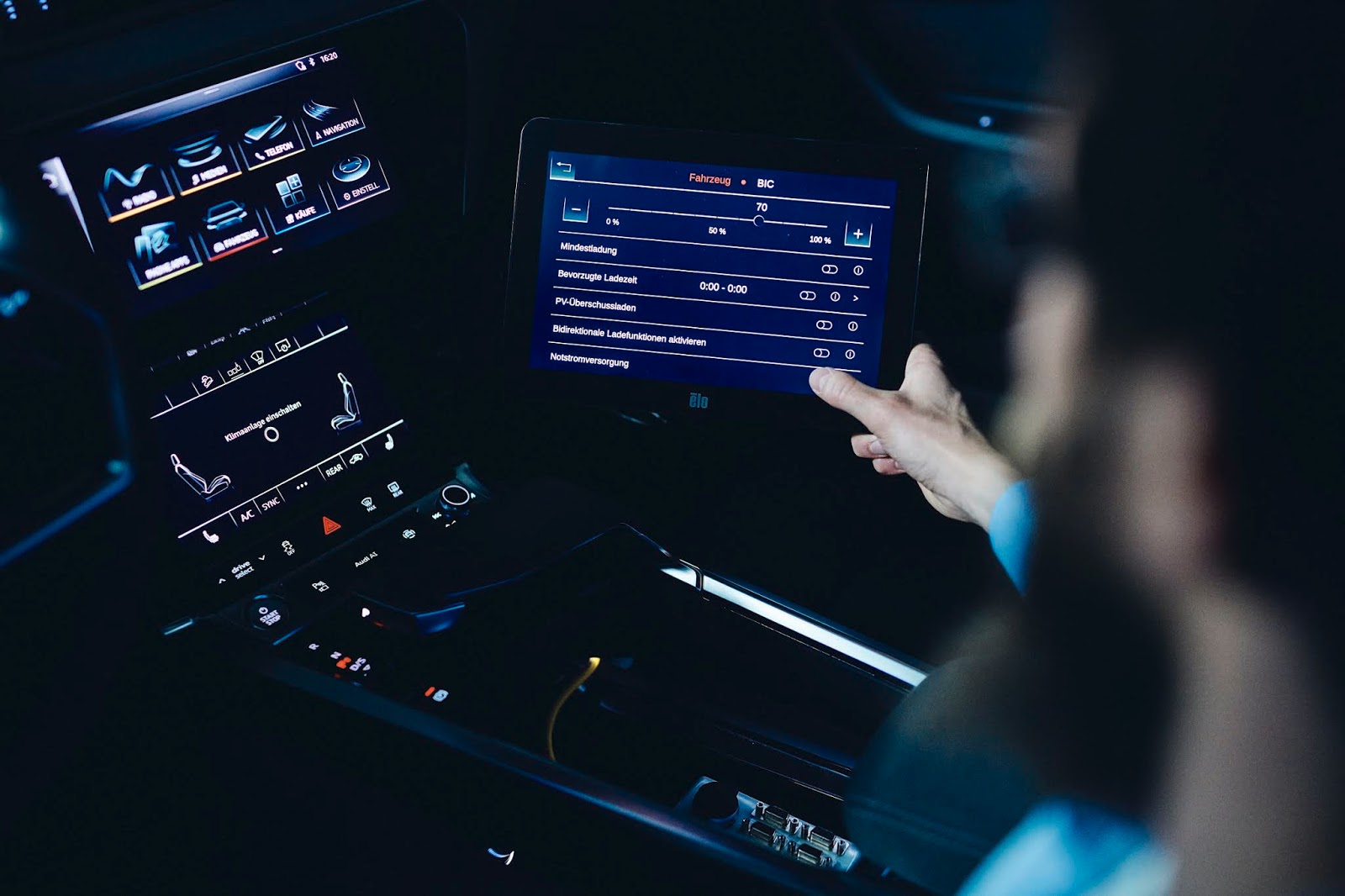
However,
this production of solar or wind energy is not always stable. In
sunny days and phases with strong winds, there is often a lack of
capacity to store the surplus energy produced.
electric cars, potentially, can provide a solution to this issue: as
their number is increasing, the number of "mobile units" is also increasing
energy storage". This is why the Audi and the Hager Group Developed by
jointly a solution that creates economic incentives and offers greater energy efficiency
performance: the two-way loading.
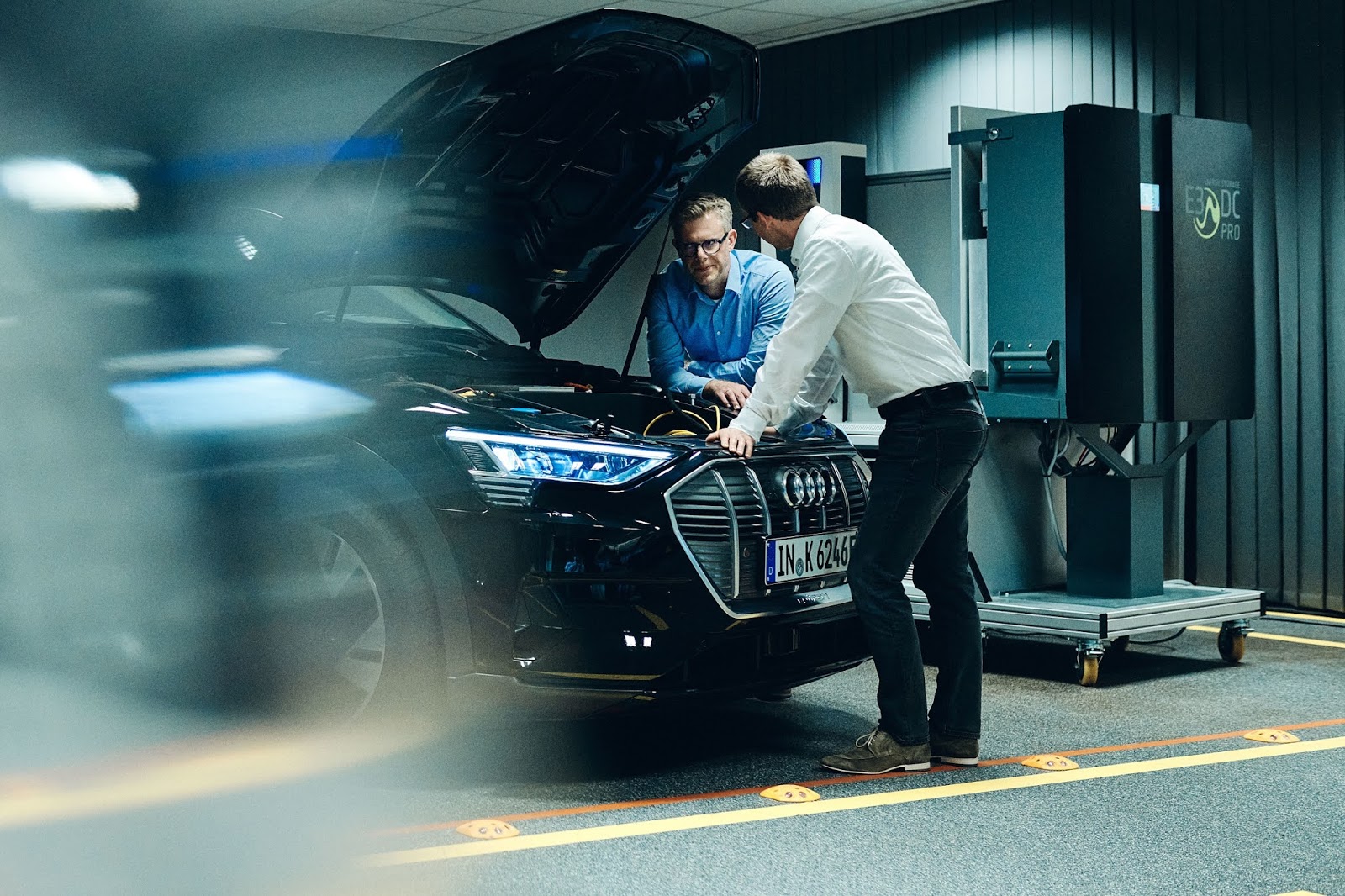
The idea
is as simple as it is brilliant: The high-voltage battery of the electric car
car, in this case a Audi e–tron, not only charged through the wallbox at home but
can also power the house, as an independent means
Storage. The battery Audi e–tron has such an energy content that it will
could provide a home with the energy needed for about one hour
week. If the customer has a photovoltaic system, the electric car
serves as a temporary storage medium for the domestically produced electricity
energy. When the sun is no longer shining, the vehicle can power the
stored electricity in the house. Two-way charging at home - also
known as Vehicle to Home (V2H) - has great potential for cost reduction
electricity of the homeowner and increase the stability of the
Network. In such an application, it is possible to achieve almost complete energy
independence of the home from the grid as well as increased security in case of
power failure.
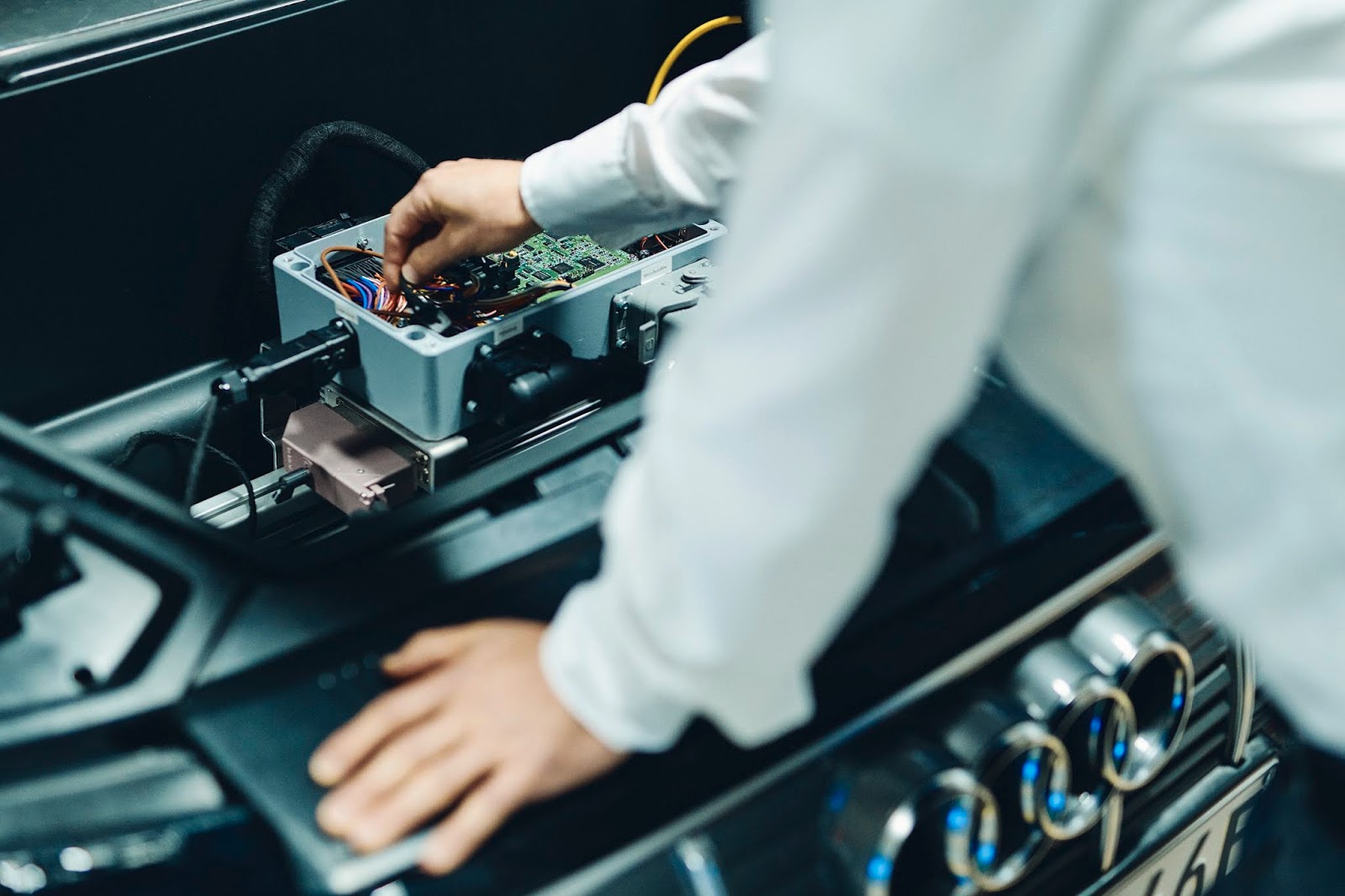
What sounds simple in theory, requires a high level of artificial
intelligence and coordinated interaction between different techniques
components, in terms of infrastructure and vehicle in practice. The two-way
charge is mainly focused on cases where the owners of the house
use their own photovoltaic system, to take advantage of the
cost-optimised charging with the domestically produced electricity
energy. The electric car stores the extra electricity
from the photovoltaic system not used by appliances in the house. At
very common scenario of different energy billing (for example, the
night tariff), the electric car can power an entire city and a whole
the house in phases where electricity prices are high. At night or
during low billing by the provider, the car uses
cheap electricity to charge up to the desired level. At
in the event of a power failure, the car will be able to power the
house with energy for a long time.




